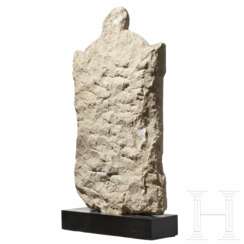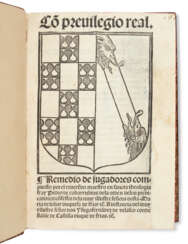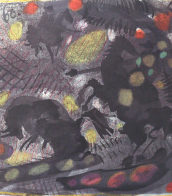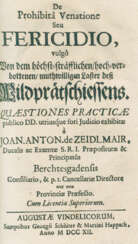venator

Edward Jakob von Steinle was an Austrian-German historical painter. He created several paintings of religious content in the style of the Nazarene. However, gifted with a multifaceted talent, he left a great number of drawings of non-religious content, including illustrations for Shakespeare's dramas and Brentano's Rhine Fairy Tales.




Marcus Tullius Cicero was a Roman statesman, lawyer, scholar, philosopher, and academic skeptic, who tried to uphold optimate principles during the political crises that led to the establishment of the Roman Empire. His extensive writings include treatises on rhetoric, philosophy and politics. He is considered one of Rome's greatest orators and prose stylists. He came from a wealthy municipal family of the Roman equestrian order, and served as consul in 63 BC.
His influence on the Latin language was immense. He wrote more than three-quarters of extant Latin literature that is known to have existed in his lifetime, and it has been said that subsequent prose was either a reaction against or a return to his style, not only in Latin but in European languages up to the 19th century. Cicero introduced into Latin the arguments of the chief schools of Hellenistic philosophy and created a Latin philosophical vocabulary with neologisms such as evidentia, humanitas, qualitas, quantitas, and essentia, distinguishing himself as a translator and philosopher.


Johannes von Valkenburg was a Franciscan monk of the Friars Minor in Cologne, a calligrapher and illustrator.
He is known for having written, decorated and illustrated a manuscript for the Franciscan monastery in Cologne at the end of the 13th century and for having made two copies of it. One is in the Archdiocesan Diocesan and Cathedral Library in Cologne, the other in the University and State Library in Bonn. On the title pages of these rarities is an inscription indicating Valkenburg's authorship.































































